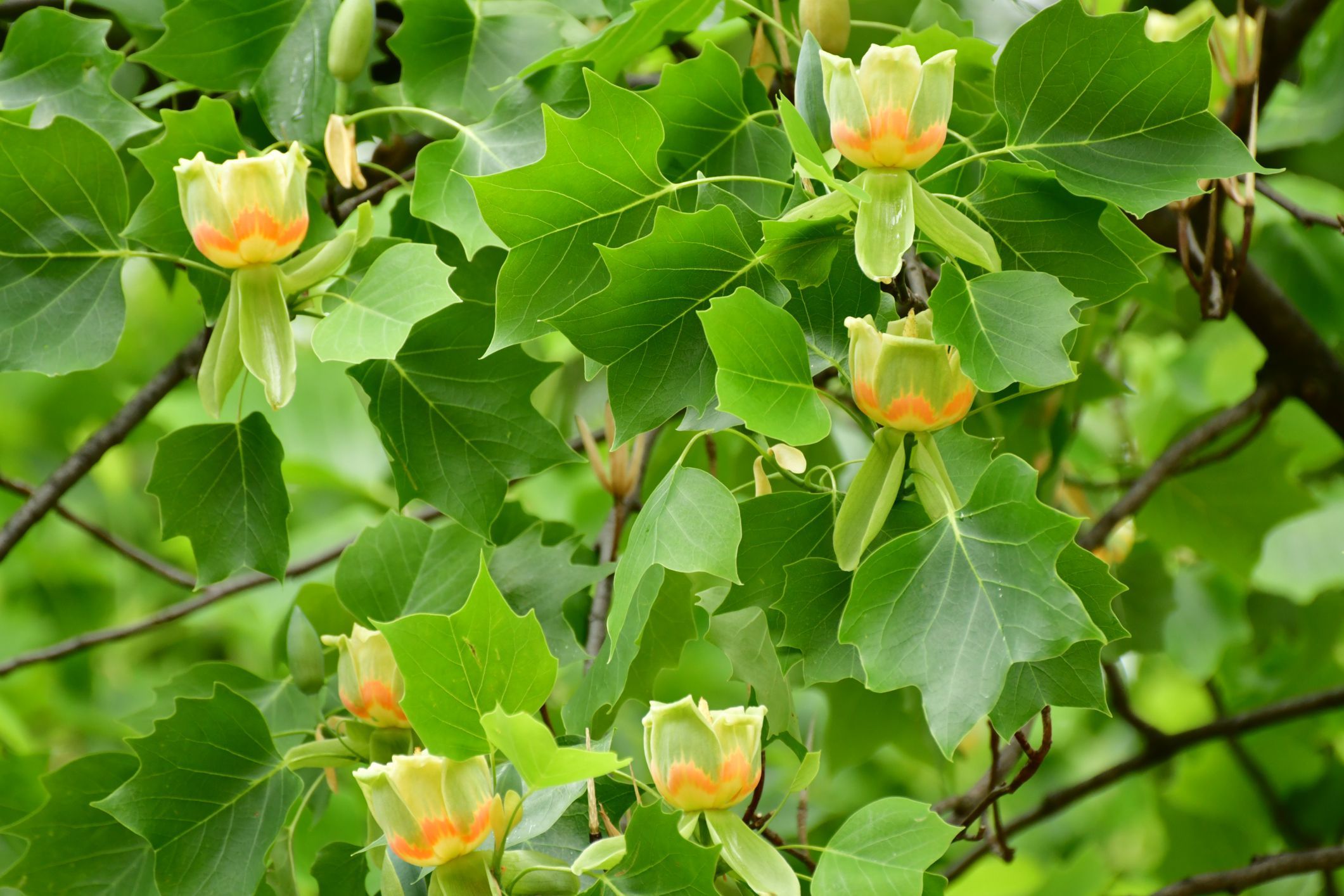Tulips in the treetops: Liriodendron tulipifera

MILAN, Ill. — On a recent family vacation, I revisited the Great Smoky Mountains National Park. As I return to places I was privileged to visit as a child, I prepare for the trip, in part, by trying to dig deep into my memory bank and recall as much as I can about the place so I can compare. I am fascinated by what elements and experiences remain from my youth and what details have been lost to time.
My memory of the Appalachian Mountains and the park was a fuzzy picture of tall trees, narrow roads, rock-lined streams, and rounded mountaintops. This memory was accurate enough but as with all memories, details and life experience add richness to the live experience in ways memories and photos never can.
Among the many plant-related observations made during our adventure, the woodlands dominated by Liriodendron tulipifera was perhaps my greatest thrill. Known to many by the common names of tulip tree, tulip poplar, or yellow poplar, I know this tree as one of my favorites. Besides being thrilled at seeing so many of my beloved species, the size of the trees caused me to repeatedly say “Oh my gosh!” “Oh my gosh!” and “Oh my gosh!” enough that it even inspired a reaction from my husband.
A member of the magnolia family, Liriodendron tulipifera is native to the eastern United States with hardiness ranging from USDA zone 5 to 9 and capable of reaching heights up to 150 feet. Although native to Illinois, northern regions of the state are at the edge of its natural range. As geography changes, the dominant woodland species also change. Although capable of surviving a northern Illinois climate, tulip tree specimens are fewer in number and smaller in stature than those in the Great Smoky Mountains National Park. Still, they are on my top ten list of trees to consider for planting, and among those I have added to my landscape. What follows are a few of the many reasons I favor this species.
Four reasons to love Liriodendron tulipifera:
- Flowers: Arguably one of the most unique flowers produced by a tree. The common name of “tulip tree” is straightforward in describing the large, showy blossoms that emerge in early summer. The goblet-shaped flowers bear an uncanny resemblance to tulip bulbs that bloom earlier in the year. Its blossoms of greenish-yellow petals with a splash of orange at the base measure two inches but are often disguised by the leaves that have developed as the canopy. Flowers of the tulip tree also require admirers to wait a few years before being rewarded with a bloom sighting since trees only begin to produce blossoms as teenagers.
- Leaves: Technically describing the leaves as simple, lobed, and alternately arranged does not fully capture the unique, easily recognizable leaf of the tulip tree. Varied in size, with the potential to be the size of a dinner plate, deeply lobed leaves abstractly resemble the form of a tulip to double down on the form mimicry of the spring blooming bulb.
- Autumn: The tulip tree is included on the plant list that provides multi-season interest. Particularly for trees, autumn color is elevated as a prized attribute. The leaves of Liriodendron tulipifera transform from glossy emerald green to golden yellow in the early months of autumn for a sensational seasonal display.
- Form: Tall and narrow, tulip trees can reach incredible heights of up to 150 feet with a spread of only 40 feet. Although rarely reaching heights over 100 feet in Illinois, the columnar form remains. A form often relegated to conifers, a deciduous columnar tree tulip tree is an excellent option for small or narrow sites that wish to receive the benefits of a shade tree. In parks and larger spaces, a grouping of tulip trees creates a cathedral-like environment as the trees grow taller and taller.
Miss Clipping Out Stories to Save for Later?
Click the Purchase Story button below to order a print of this story. We will print it for you on matte photo paper to keep forever.
